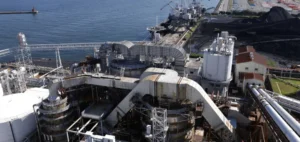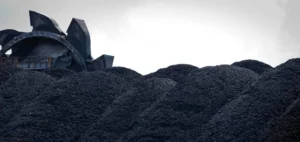Two regional electricity markets in the United States are expected to generate more electricity from coal than from natural gas between December 2025 and February 2026. These are the Southwest Power Pool (SPP) and the Midcontinent Independent System Operator (MISO), two operators covering a large part of the U.S. Midwest. This seasonal trend is confirmed by projections from the latest Short-Term Energy Outlook report published by the U.S. Energy Information Administration.
Winter pressure on gas supports coal
The increased reliance on coal during winter months is mainly due to spikes in electricity demand linked to heating. In these regions, coal-fired facilities retain a central role in meeting demand when gas prices rise or supply becomes less reliable. During periods of extreme cold, natural gas production capacity may be limited by infrastructure blockages or freeze-offs affecting output.
This winter resurgence of coal contrasts sharply with trends observed in other parts of the country. Outside of SPP and MISO, natural gas regularly exceeds coal in electricity production. At the national level, the last time the United States generated more electricity from coal than from natural gas on a monthly basis was in January 2018.
Aging infrastructure keeps coal in play
In the areas operated by SPP and MISO, most coal-fired power plants were commissioned before 1990. Some more recent units, installed in the 2000s and 2010s, remain in operation. This age makes these plants less competitive compared to newer, more efficient combined-cycle natural gas units brought online after 2000.
Natural gas continues to gain market share in these two regions over the long term, particularly as older coal-fired plants retire. However, seasonal conditions maintain a strategic role for coal, especially during periods of high energy demand.






















